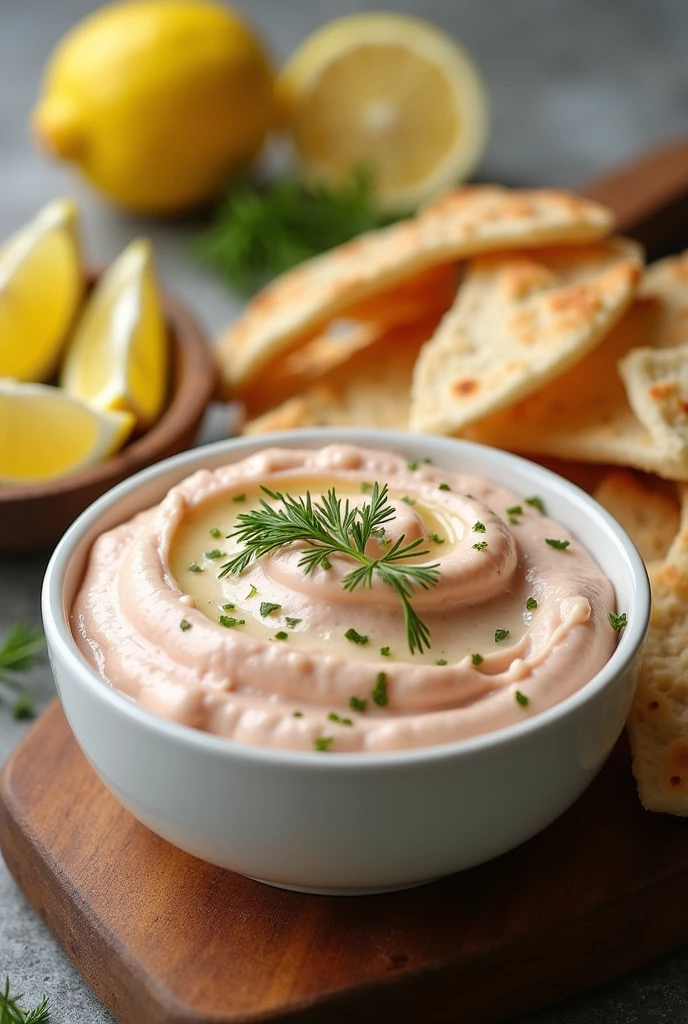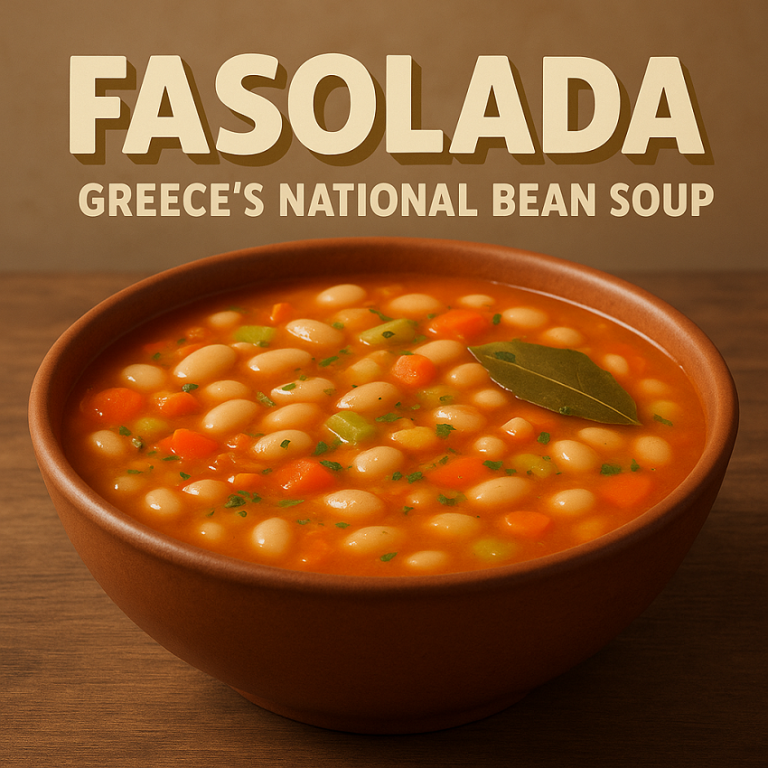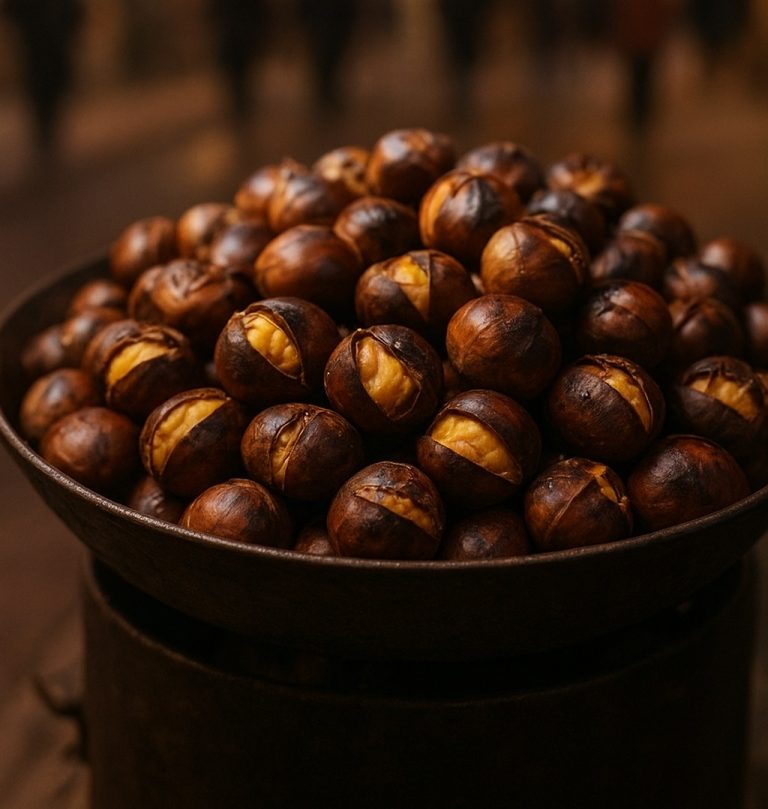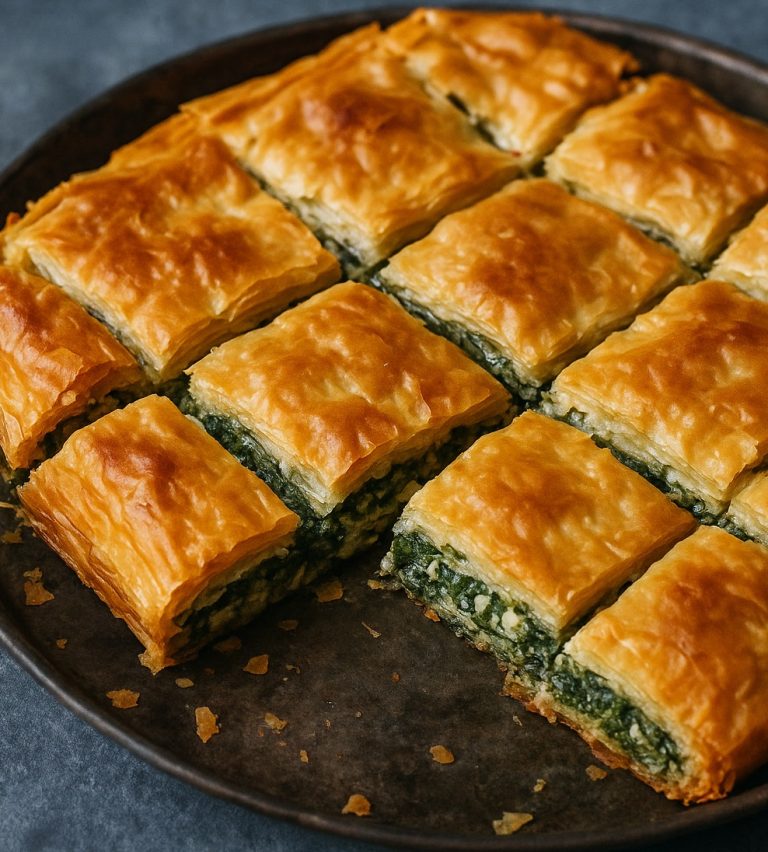
Taramasalata is a traditional Greek dip that has gained popularity far beyond its Mediterranean roots. Known for its creamy texture and distinctive flavor, this dish is a staple in Greek cuisine, celebrated for its simplicity and versatility. Whether enjoyed as part of a meze platter or as a standalone appetizer, Taramasalata is a culinary gem that deserves attention.
What is Taramasalata?
At its core, Taramasalata is primarily made from tarama, which is the salted roe (fish eggs) of the cod or carp fish. The roe is blended with olive oil, lemon juice, and stale bread or potatoes to create a smooth, creamy dip. The result is a delightful mixture that is both rich and flavorful, making it an ideal accompaniment to a variety of dishes or a delicious spread on bread.
The Key Ingredients
The classic recipe for Taramasalata typically includes:
- Tarama (fish roe): The key ingredient, offering a briny and umami-rich flavor. The type of fish roe used can significantly influence the final taste; cod roe is the most common, but others like carp can be used as well.
- Olive oil: Adds richness and depth, enhancing the overall mouthfeel of the dip. The quality of olive oil can elevate the dish, so it’s advisable to use extra virgin olive oil for the best flavor.
- Lemon juice: Provides acidity, balancing the flavors and adding a refreshing note. Freshly squeezed lemon juice is preferred over bottled for its bright, zesty quality.
- Bread or potatoes: Used as a thickener to achieve a creamy consistency. Stale bread is traditional, but boiled or mashed potatoes can also be used for a gluten-free alternative.
- Onion or garlic (optional): Some variations include finely chopped onion or garlic for added flavor and complexity.
Preparation
Making Taramasalata is relatively straightforward and can be done in just a few steps:
- Soak the Bread: If using bread, soak it in water for a few seconds and then squeeze out the excess moisture. This step is crucial as it helps to create a smooth texture.
- Blend Ingredients: In a food processor, combine the tarama, soaked bread (or boiled potatoes), lemon juice, and any optional ingredients like onion or garlic. Blend until smooth, scraping down the sides as necessary.
- Incorporate Olive Oil: Gradually add olive oil while blending until the mixture is creamy and well combined. This step is where the dip gets its luxurious texture.
- Adjust Seasoning: Taste the mixture and adjust the seasoning with more lemon juice or olive oil as necessary. The balance of flavors is key to a delicious Taramasalata.
- Chill and Serve: For the best flavor, refrigerate the dip for at least an hour before serving. This allows the flavors to meld together beautifully.
Cultural Significance
Taramasalata is often served as part of a meze platter, a collection of small dishes meant for sharing, which is a hallmark of Greek dining culture. It is a popular choice during Lent or on special occasions such as Easter, where it serves as a flavorful alternative to meat-based dishes. The dip pairs well with pita bread, raw vegetables, or as a spread on sandwiches.
In Greek households, preparing Taramasalata is often a communal activity, with family members gathering to share stories and laughter while making the dip. This sense of togetherness is a central aspect of Greek culture, where food is not just sustenance but a medium for connection.
Variations Around the World
While traditional Taramasalata follows a specific recipe, various regions and households have their own twists. Some popular variations include:
- Beetroot Taramasalata: This version incorporates roasted or boiled beetroot, giving the dip a vibrant pink hue and an earthy flavor that pairs well with the briny fish roe.
- Avocado Taramasalata: A modern twist that blends ripe avocados into the mixture, creating an even creamier and richer dip, perfect for health-conscious diners.
- Different Types of Fish Roe: Some variations use mackerel or carp roe, which can alter the flavor profile and texture, offering new experiences for the palate.
- Spicy Taramasalata: Adding ingredients like chili flakes or smoked paprika can give the dip a kick, appealing to those who enjoy a bit of heat in their food.
Serving Suggestions
Taramasalata can be enjoyed in numerous ways:
- As a Dip: Serve with pita chips, crackers, or fresh vegetables like cucumber, carrots, and bell peppers for a refreshing crunch.
- On Toast: Spread on toasted bread or crostini for a quick snack or elegant appetizer. Adding a sprinkle of fresh herbs or a drizzle of olive oil can elevate this simple dish.
- With Grilled Meats: It complements grilled fish or chicken beautifully, providing a creamy contrast to smoky flavors. Serve it alongside grilled skewers or as part of a larger barbecue spread.
- In Tacos or Wraps: Use Taramasalata as a unique filling in tacos or wraps, pairing it with fresh greens and grilled vegetables for a Mediterranean twist.
Nutritional Aspects
Taramasalata, while delicious, should be enjoyed in moderation as it can be high in calories due to the olive oil and fish roe. However, it also provides several nutritional benefits, including:
- Omega-3 Fatty Acids: The fish roe is a good source of omega-3 fatty acids, which are beneficial for heart health.
- Vitamins and Minerals: Ingredients like olive oil are rich in antioxidants, while lemon juice adds vitamin C, contributing to an overall healthy diet.
- Protein: The fish roe provides a decent amount of protein, making this dip not only flavorful but also somewhat nutritious.
Taramasalata is more than just a dip; it’s a reflection of Greek culinary tradition and hospitality. Its creamy texture and savory flavor make it a favorite among many, whether enjoyed at a bustling tavern or a quiet dinner at home. The versatility of Taramasalata allows it to fit into various dining experiences, from casual gatherings to formal occasions.
Next time you’re looking for a unique appetizer or a delightful spread, consider Taramasalata. With its rich history, cultural significance, and mouthwatering taste, it’s sure to impress your guests and transport them to the sun-soaked shores of Greece. Whether you prepare it traditionally or experiment with modern variations, Taramasalata is a dish that invites sharing, enjoyment, and celebration.



